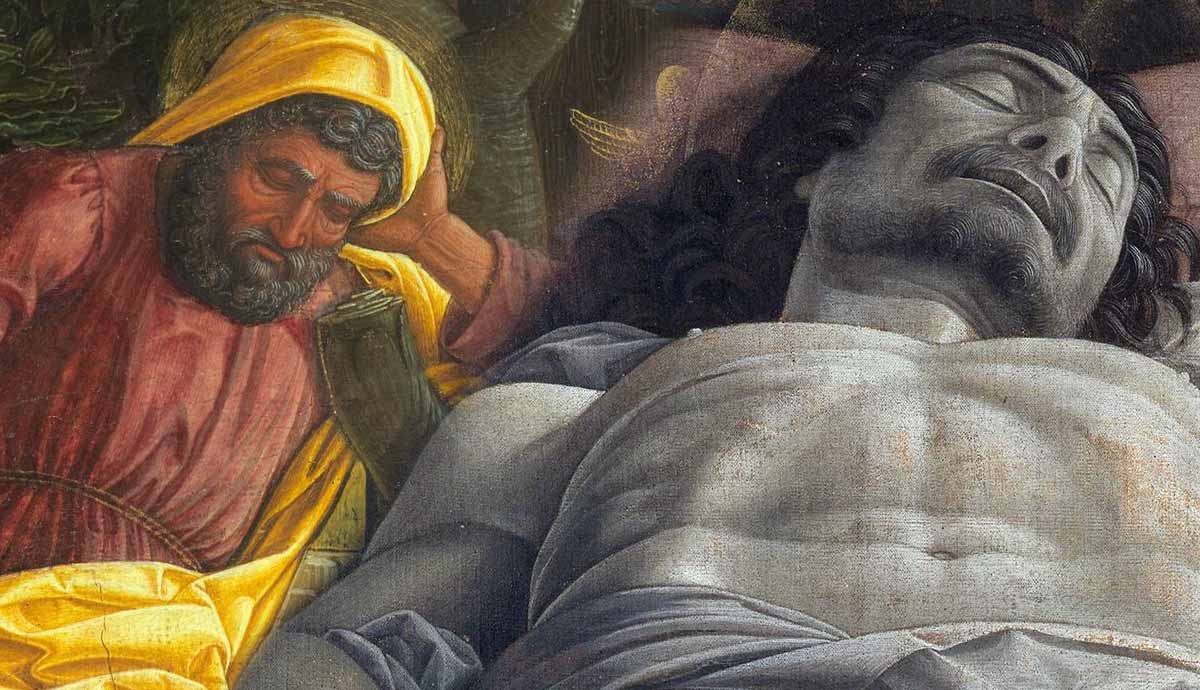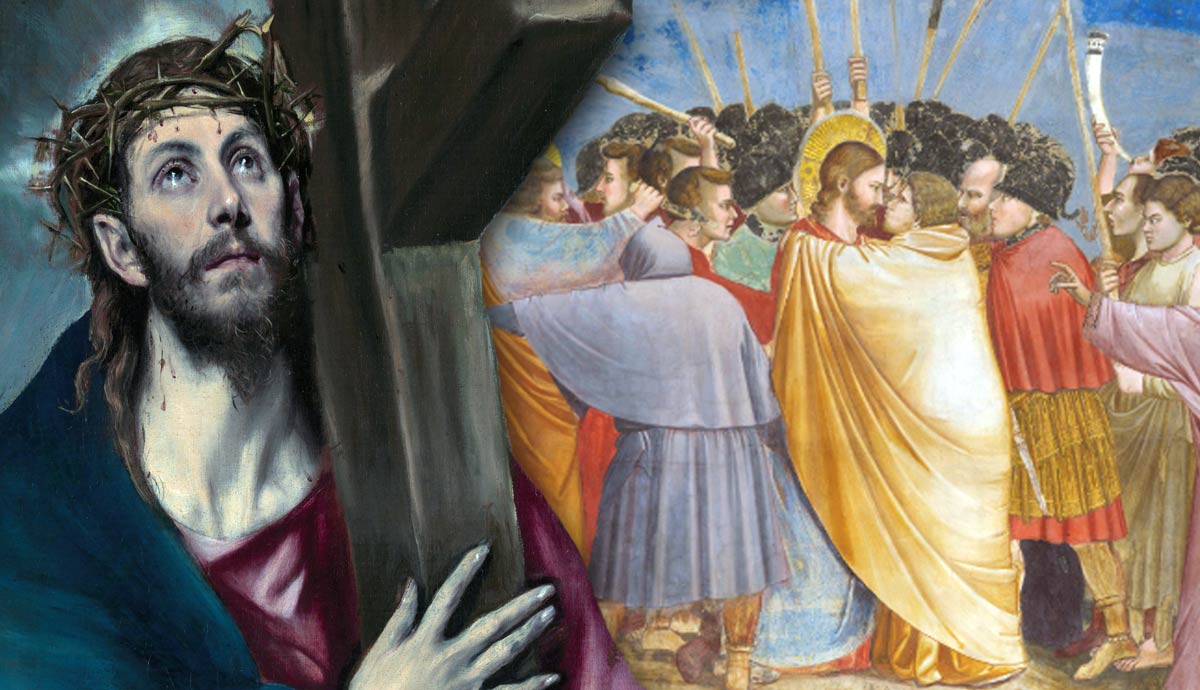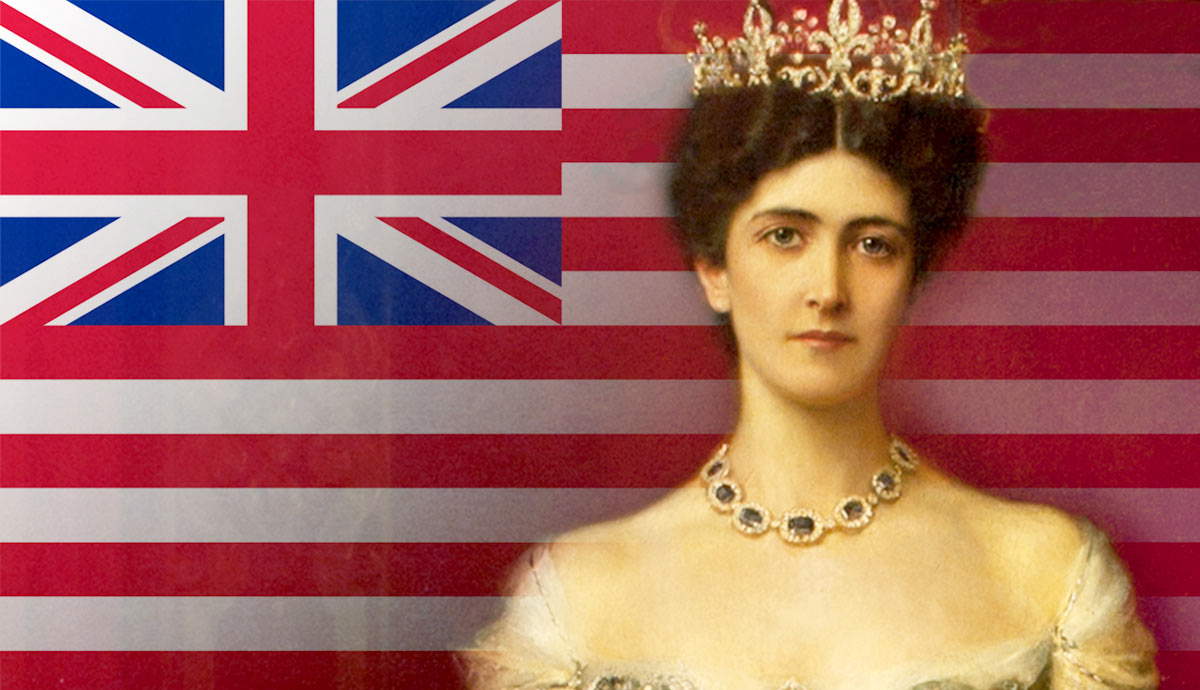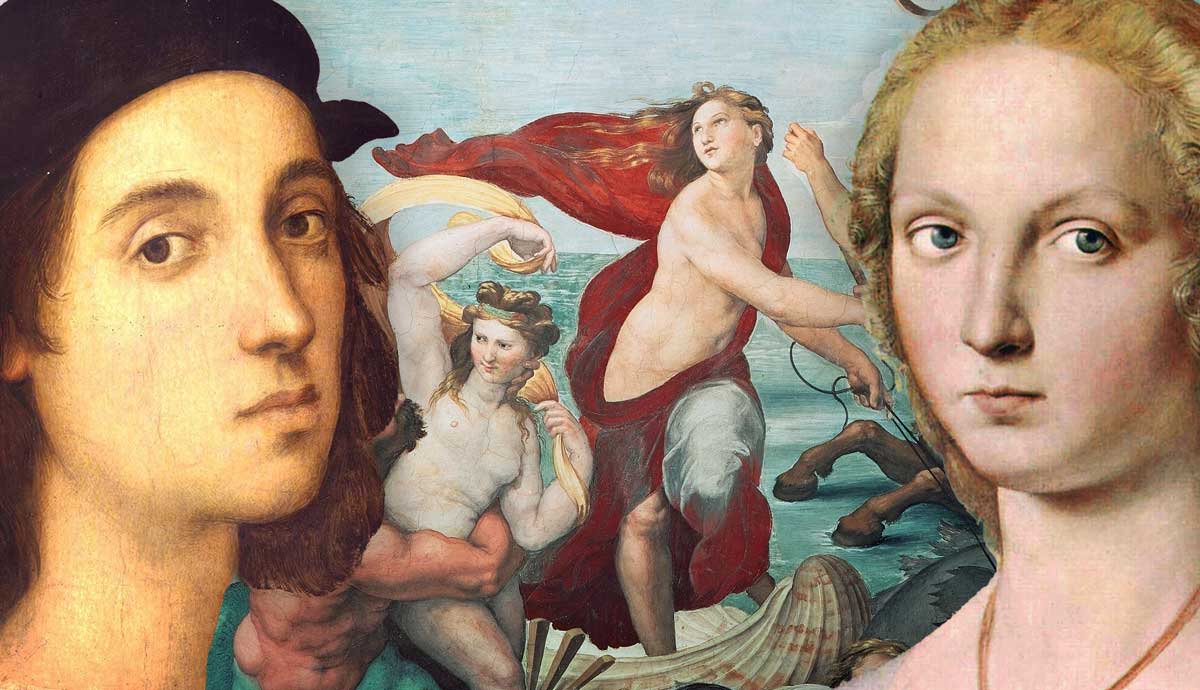
Raphael was one of the four greatest artists of the Italian Renaissance. A contemporary of Michelangelo and Leonardo da Vinci, he shaped Renaissance culture and its visual language. He was one of the architects of the St. Peter’s Basilica, the designer of the Sistine Chapel tapestries, and a popular artist in high demand. Read on to learn more about 7 great works of Raphael.
1. Young Woman with Unicorn: Raphael’s Take on The Mona Lisa
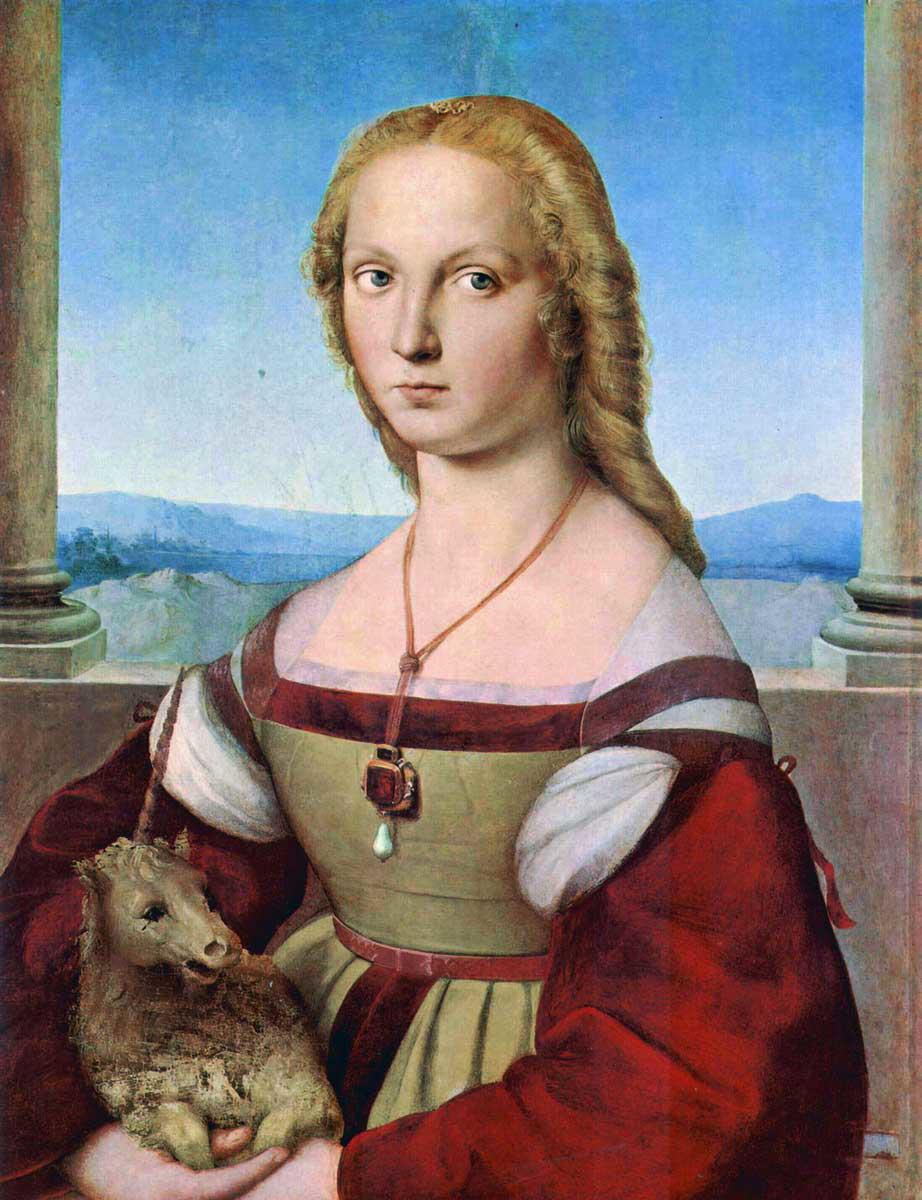
Raffaello Sanzio was born in the city of Urbino into a family of a prominent local court painter. His training started early, and by the age of 15, he had already worked on commissions as an independent master. Raphael’s career as an innovative artist started with his move to Florence. There, he started to work with portraiture and developed his own outstanding style based on the accomplishments of other great masters of his era. He continued and expanded the trend started by Leonardo da Vinci of attributing individual psychological characteristics to his portraits. Instead of a stereotypical and uniform image, a portrait becomes a reflection of one’s personality or the way the model would prefer their personality to be seen.
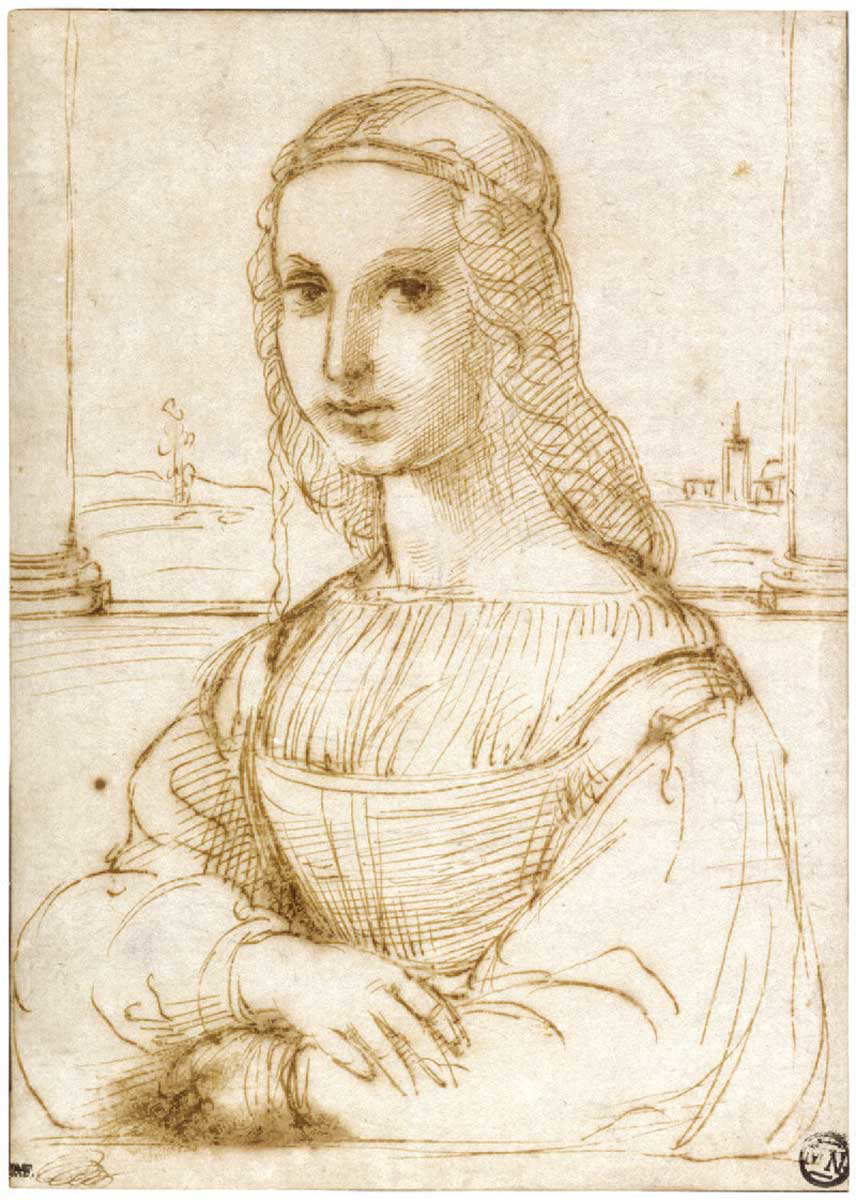
One of the most famous portraits painted by Raphael was clearly influenced by the greatest masterpiece of Leonardo da Vinci. The early sketch for the portrait titled Young Woman with Unicorn exactly repeated the composition and angle of Leonardo’s Mona Lisa. Raphael’s work was no less complex or mysterious than its inspiration. Initially, the unicorn was overpainted, and the woman had the traditional attributes of Saint Catherine. Upon examination, restorers found the unicorn, traditionally interpreted as a symbol of purity, and reattributed the painting as a portrait of a noble young woman.
However, later examination showed that the unicorn was an overpainted little dog, which was, in turn, added by an artist other than Raphael. The original image by the Renaissance master featured a woman significantly older than the retouched versions. To conserve the original paint layer, restoration experts decided to leave the unicorn intact. Still, Young Woman with Unicorn is believed to be one of the earliest secular portraits of women painted by Raphael.
2. The Sistine Chapel Tapestries
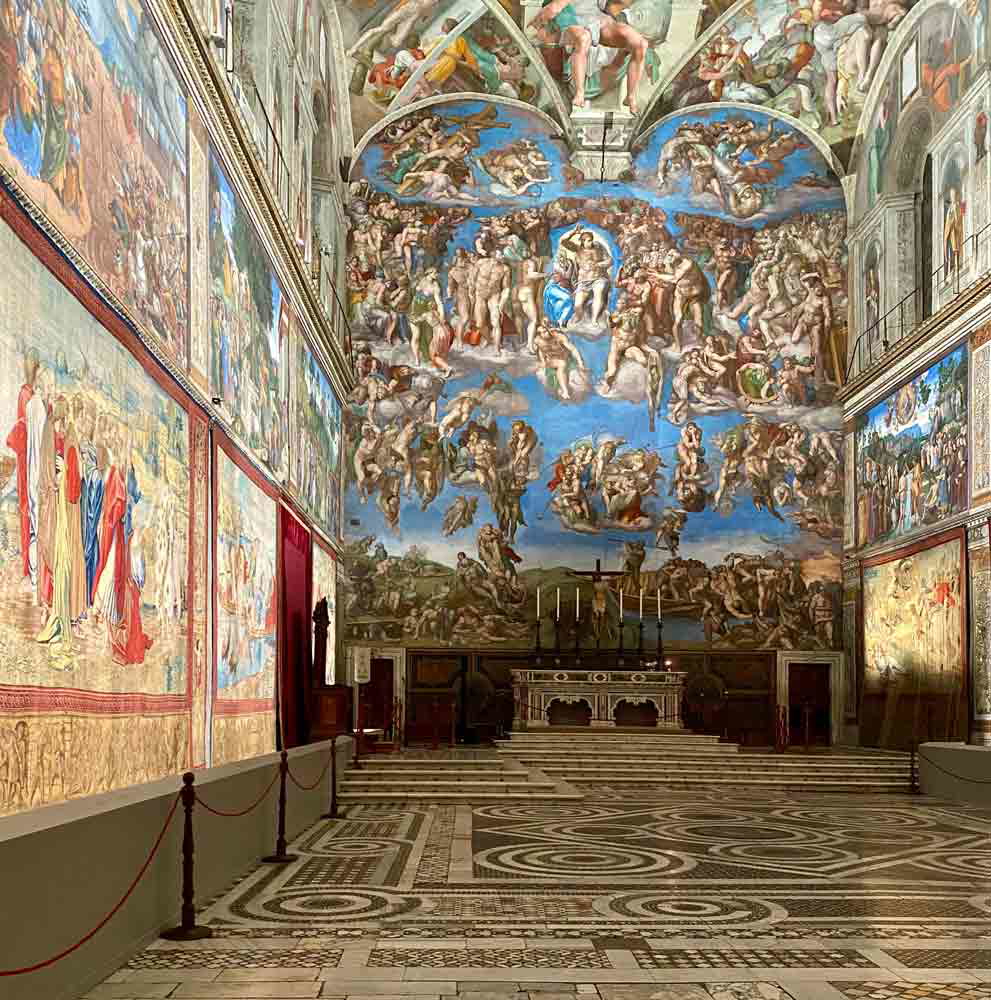
Talking about the Sistine Chapel, one would most probably remember the ceiling paintings done by Michelangelo. However, once the painted ceiling existed together with the tapestries woven based on Raphael’s designs. Equally complex, they were created two years after Michelangelo finished his work on the ceiling. Thus, Raphael had clearly designed them to both fit and compete with the other designs. Originally, there were sixteen tapestries illustrating the lives of Saint Paul, the patron saint of missionaries, and Saint Peter, believed to be the founder of the papacy as an institution.
Unfortunately, only ten of the tapestries survived, suffering extreme damage. The 1527 Sack of Rome, conducted by the mutinous troops of the Roman Emperor Charles V, had a disastrous impact on the ancient city. The underpaid soldiers took over the command and pillaged Rome, ruining the city’s cultural heritage and provoking a plague outbreak due to a staggering number of unburied corpses in the streets. Raphael’s tapestries were partially burnt since the soldiers set fire to them, attempting to extract gold and silver threads from the weaving.
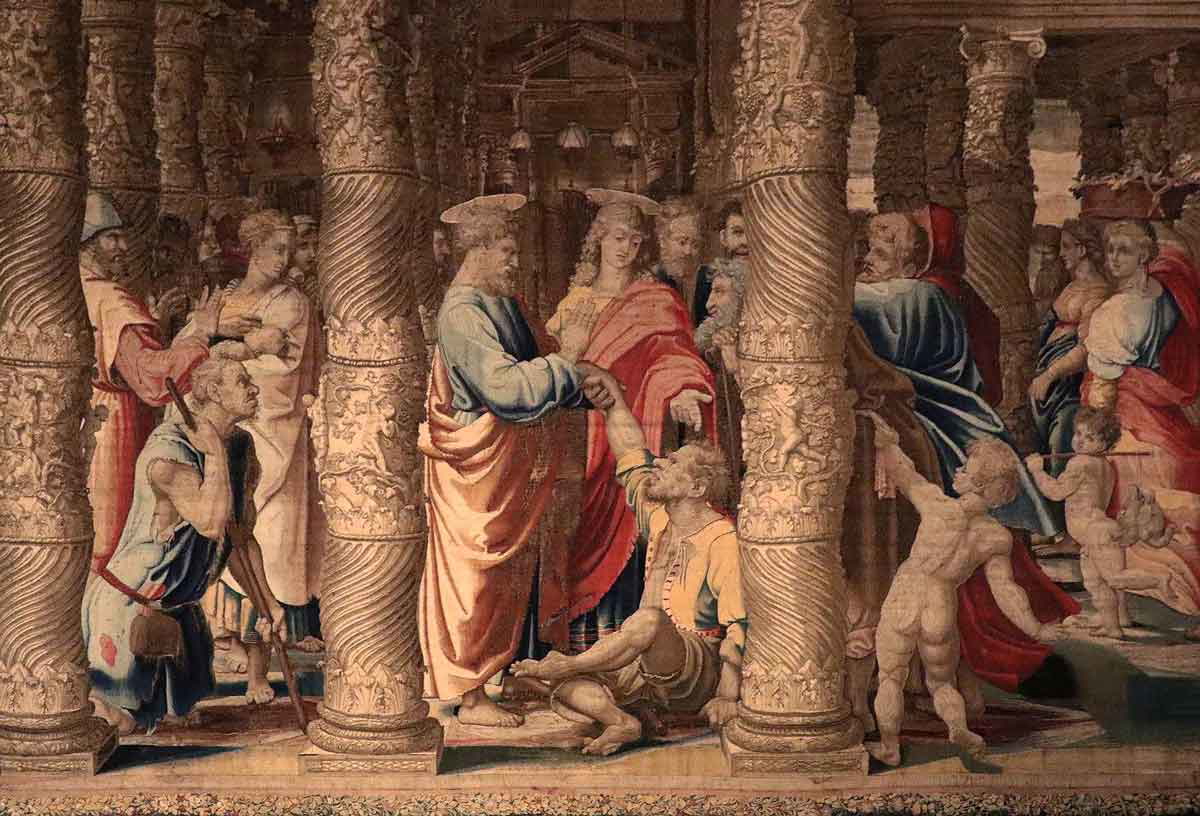
According to historians, Raphael received for the tapestries a payment five times more generous than Michelangelo for his work on the ceiling which nearly cost him his eyesight. Apart from silver and gold, the materials included colored wool and expensive silk. Today, tapestries rarely go on display due to their extremely fragile nature. The most recent demonstration of the works in their original setting happened in 2020 when they were transported to the Sistine Chapel on the 500th anniversary of Raphael’s death. Only for one week, the ten tapestries returned to their designated places and presented a full picture conceived by both artists.
3. The Triumph of Galatea
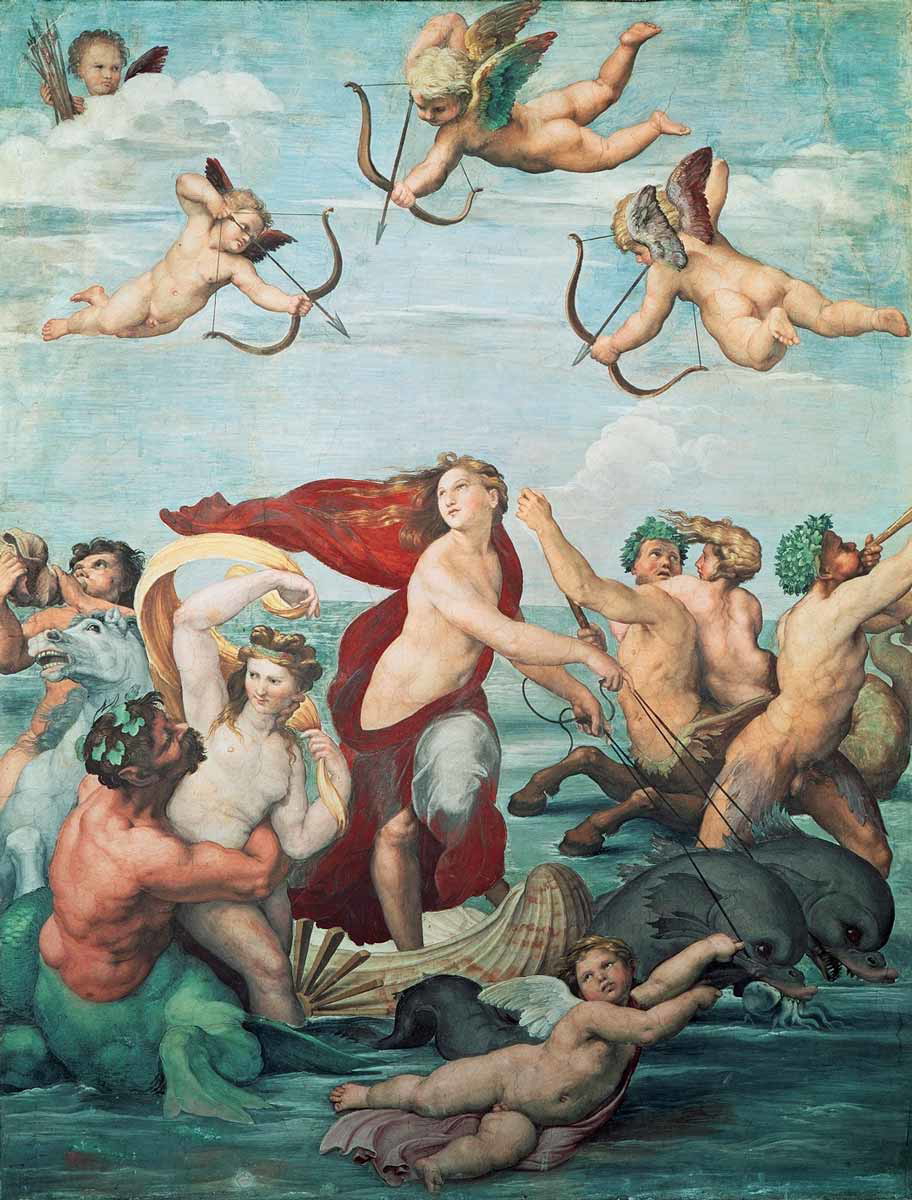
While working in Rome, Raphael not only created the architectural image of the city but also managed excavations of Roman artifacts and artworks found around the city. He discovered Ancient art simultaneously with his own artistic practice, exploring old ideas anew and borrowing images and composition decisions from his discoveries. Raphael’s main artistic objective was harmony, and he achieved it perfectly by blending his contemporary knowledge with the legacy of the past.
One of the most outstanding works of Raphael’s Roman period was The Triumph of Galatea, a fresco painting for a banker and art patron from Agostino Chigi. Raphael decided to step aside from the classical myth of the sea spirit Galatea, who lost her beloved shepherd Acis to a jealous one-eyed giant Polyphemus. Instead, he represented Galatea as the creature of divine beauty, celebrated and praised for it by satyrs, dolphins, and tritons. The mural was a great success among Raphael’s contemporaries and later generations of art lovers, although it caused a stir among art experts. At the time of the fresco’s creation, Raphael was busy with the construction of the Saint Peter’s Basilica and could not possibly paint the entire Triumph of Galatea on his own. The research has shown that the majority of the fresco was fainted by the artist’s assistants, and historians still argue which parts belonged to Raphael.
4. La Fornarina
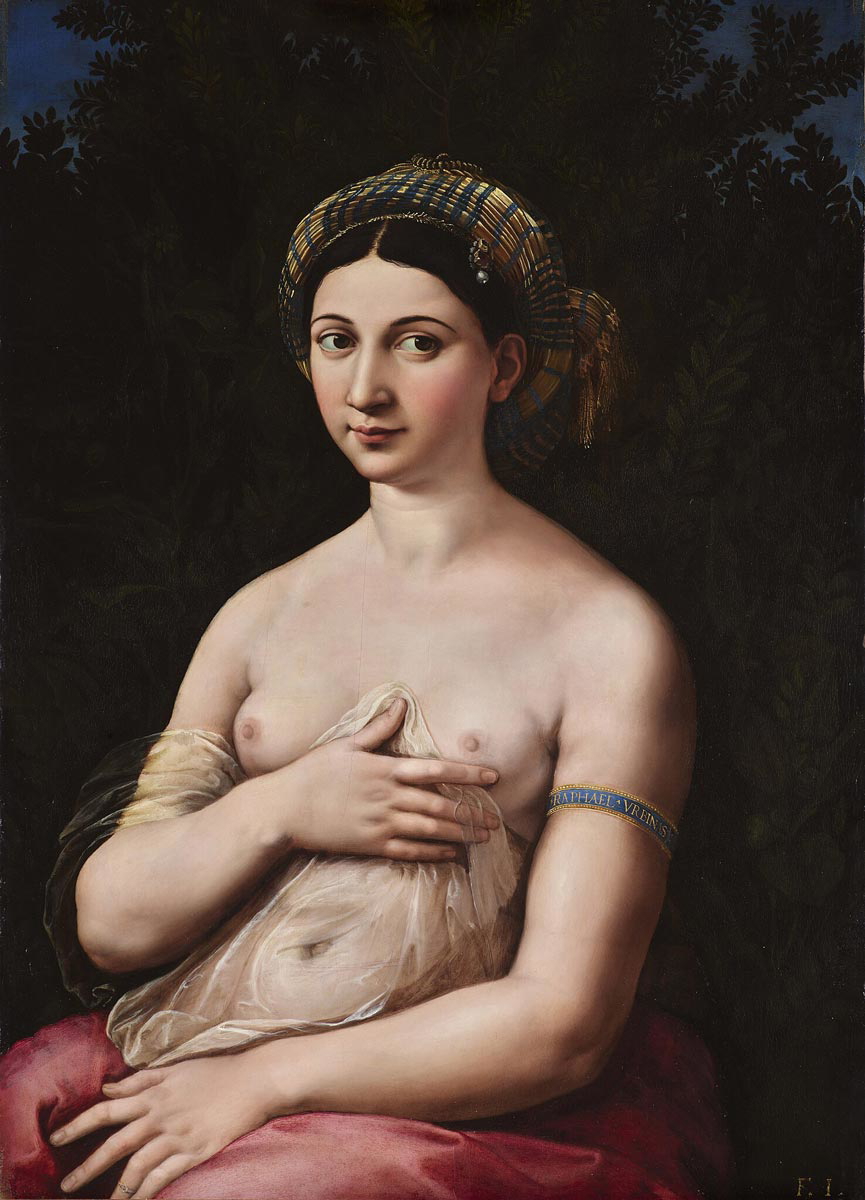
The only painting to be signed with Raphael’s name was a deeply personal one. La Fornarina’s real name was Margherita Luti, and she was the artist’s lover for many years. The title La Fornarina referred to Margherita’s identity as the daughter of a baker. They never married (at least, officially), possibly because of the difference in their social status. However, when some of Raphael’s patrons intended to find him a suitable bride of proper status, he politely refused, likely preferring to stay with Margherita. The artist’s signature can be found on her bracelet, probably indicating the model’s personal relationship with the artist. An X-ray analysis of the painting indicated that an overpainted ruby ring was on La Fornarina’s left-hand finger, hinting at the possibility of a secret marriage between the artist and his model.
5. Self Portrait

According to the accounts of Raphael’s contemporaries, the artist in real life looked like someone who stepped out of one of his portraits—elegant, intelligent, strikingly beautiful, and refined. He was an intellectual and a gifted poet, welcomed in the highest societal circles of Roma and Florence. After Raphael died, the funeral mass was served by none other than the Pope himself. Raphael’s death was sudden and probably caused by some acute illness. He died in Roma aged just 37 and was buried in the Roman Pantheon.
Raphael left several self-portraits that let us imagine his actual appearance. The most famous one was painted in his early 20s while still working in Florence. Later on, Raphael would incorporate the same image into his designs for the Apostolic Palace, namely the mural The School of Athens.
6. Apostolic Palace Murals
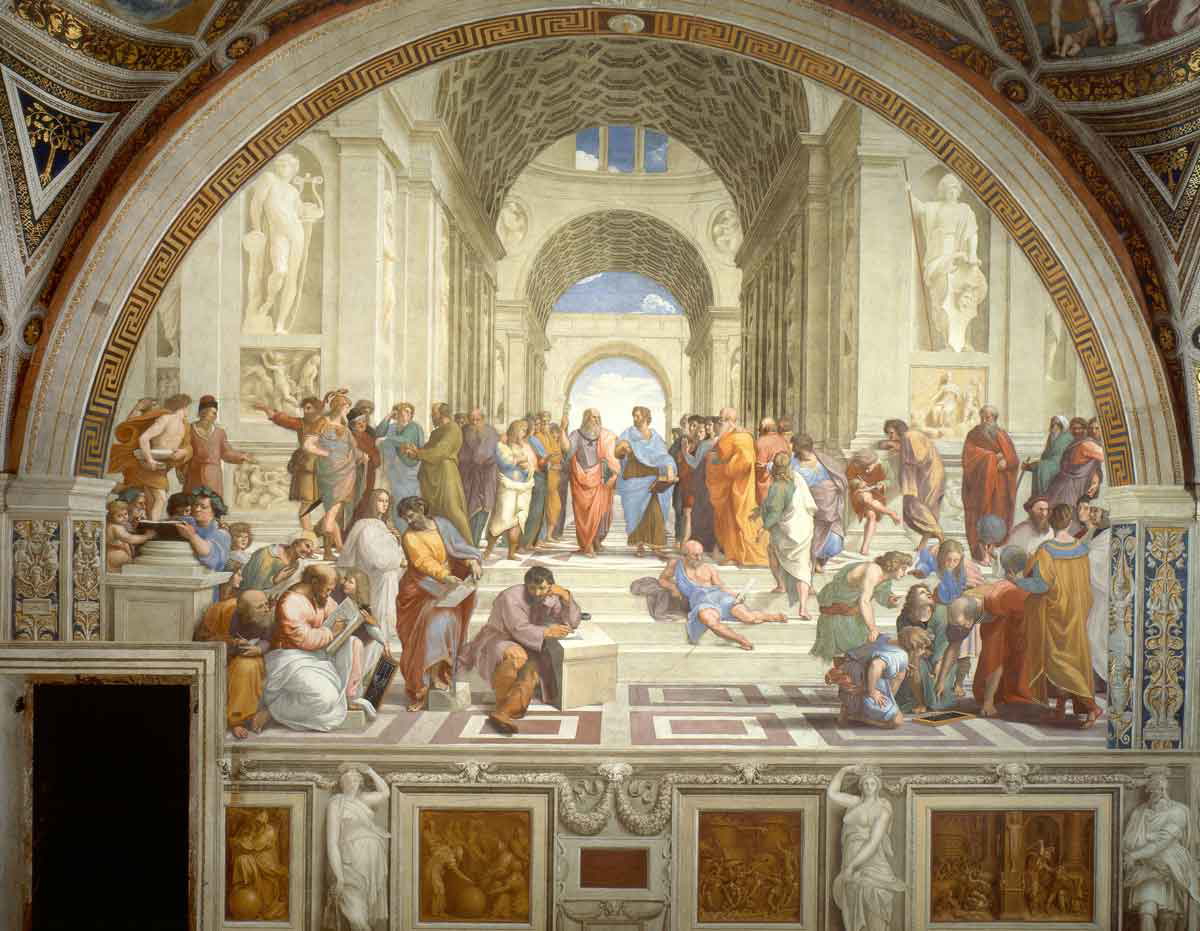
In 1508, Pope Julius II invited Raphael to work in Rome, offering him to paint four of the Pope’s personal rooms in the Vatican Apostolic Palace. In Rome, he got a chance to work on a monumental wall painting that required extra effort in building the composition and narrative structure of the works. One of the most famous murals created by Raphael and his assistants for the Pope was the composition titled The School of Athens. According to the father of art history, Giorgio Vasari, the mural represented the greatest minds of Antiquity engaged in a dispute bringing together Christian theology with alchemy and philosophy.
Historians noted that some of the figures looked similar to Raphael’s great contemporaries. Plato looked a lot like Leonardo da Vinci and Heraclitus resembled Michelangelo. Raphael reflected his own features in the figure of the ancient painter Apelles of Kos in the right corner of the mural.
7. St. Peter’s Basilica and Transfiguration: Raphael’s Last Work
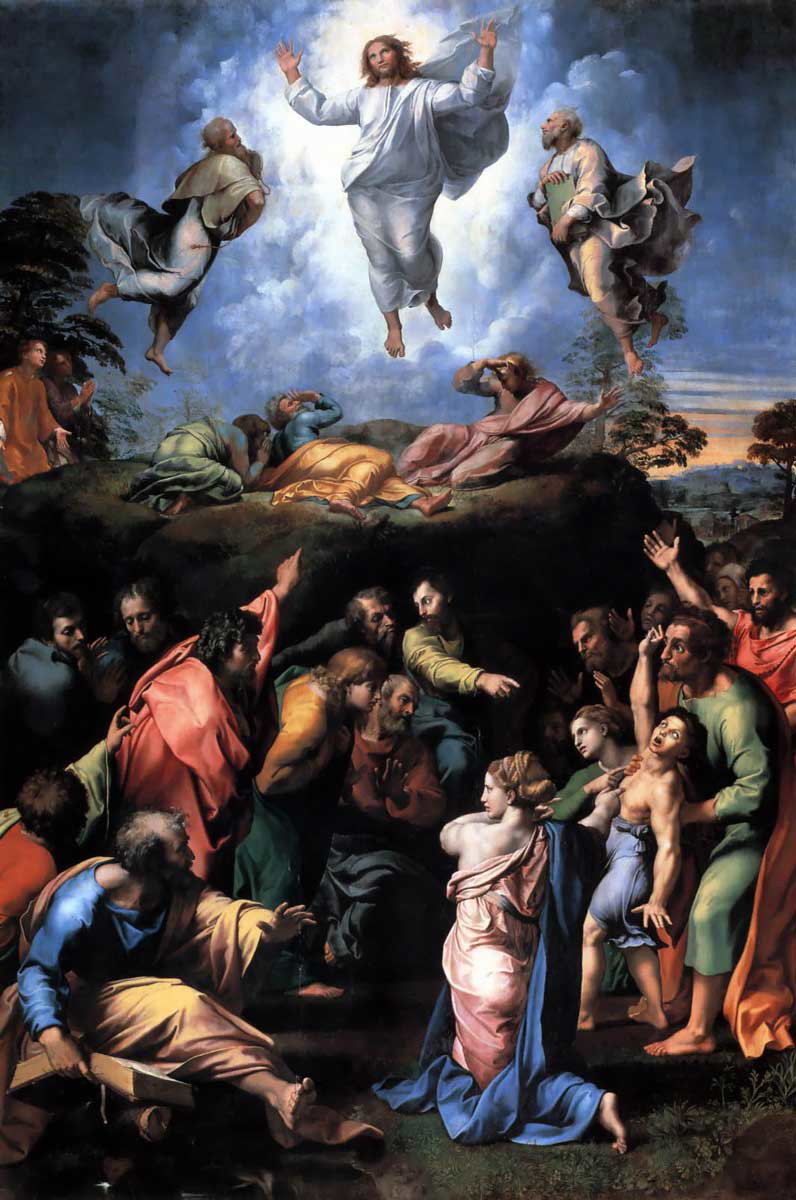
In 1515, Raphael was appointed the chief architect of St Peter’s Basilica in the Vatican. The monumental project changed many architects and designers over the 120 years of its construction. Raphael was neither the first nor the last great artist of the Renaissance to work on the project. Yet his case is particularly tragic: Raphael died in 1520, and soon after his death, most of his realized architectural decisions were demolished in favor of the project of Michelangelo.
Judging from the remaining elements and sketches, Raphael’s idea was to make the structure darker, heavier, and more massive. Still, today, the Basilica houses a mosaic reproduction of Raphael’s last painting, The Altar of Transfiguration. The original painting belongs to the Vatican Picture Gallery. According to Giorgio Vasari, Raphael kept The Altar of Transfiguration next to his deathbed as his final testament.



